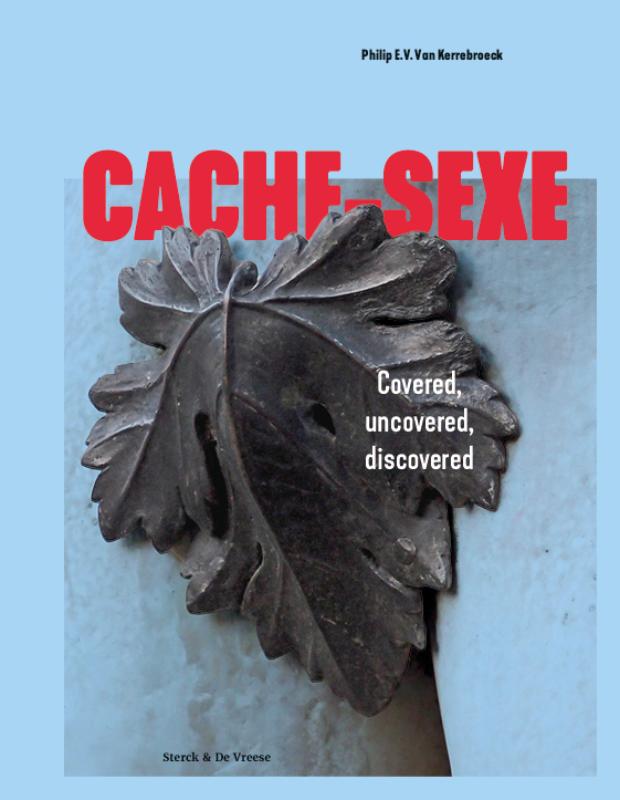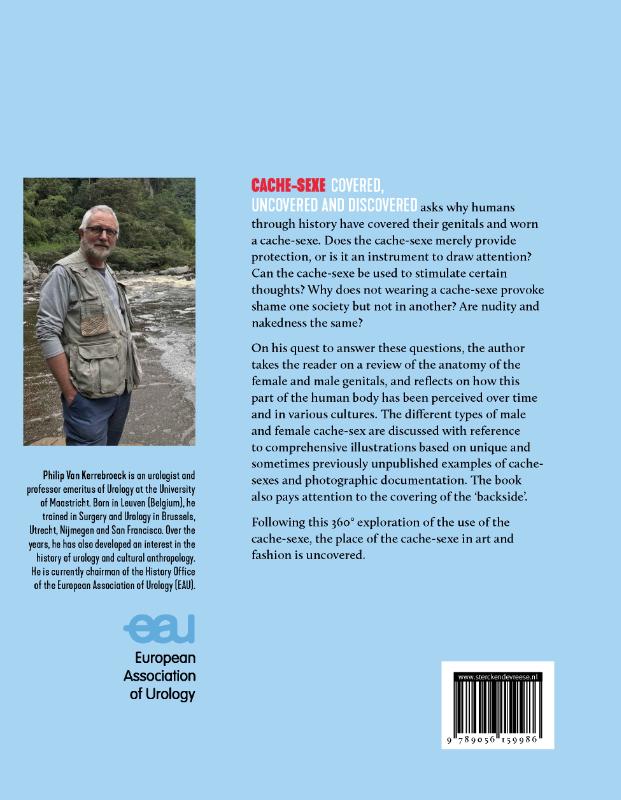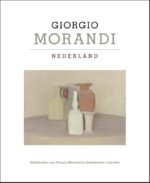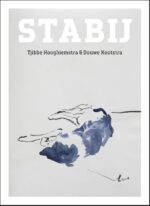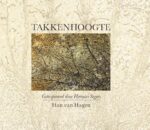Cache-sexe
€ 34,90
This book asks why humans through history have covered their genitals and worn a cache-sexe. Does the cache-sexe merely provide protection, or is it an instrument to draw attention? Can the cache-sexe be used to stimulate certain thoughts? Why does not wearing a cache-sexe provoke shame one society but not in another? Are nudity and nakedness the same?
On his quest to answer these questions, the author takes the reader on a review of the anatomy of the female and male genitals and reflects on how this part of the human body has been perceived over time and in various cultures. The different types of male and female cache-sex are discussed with reference to comprehensive illustrations based on unique and sometimes previously unpublished examples of cache-sexes and photographic documentation. The book also pays attention to the covering of the ‘backside’. Following this 360° exploration of the use of the cache-sexe, the place of the cache-sexe in art and fashion is uncovered.
Philip Van Kerrebroeck is an urologist and professor emeritus of Urology at the University of Maastricht. Born in Leuven (Belgium), he trained in Surgery and Urology in Brussels, Utrecht, Nijmegen and San Francisco. Over the years, he has also developed an interest in the history of urology and cultural anthropology. He is currently chairman of the History Office of the European Association of Urology (EAU).
Gerelateerde boeken
-
Giorgio Morandi – Nederland
€ 19,90In deze publicatie presenteert Museum Belvédère alle elf topstukken uit Morandi’s oeuvre uit Nederlands museaal bezit. Zo toont het schilderijen van de Italiaanse stillevenschilder uit verschillende Nederlandse collecties, waaronder het Stedelijk Museum te Amsterdam, Kunstmuseum Den Haag, Museum Boijmans Van Beuningen te Rotterdam, Fondation Custodia te Parijs en twee particulieren.
Deze bijzondere publicatie met verschillende papiersoorten en een cahiersteek verschijnt bij de gelijknamige tentoonstelling in Museum Belvédère, te zien van 17 juni tot en met 24 september 2023.
-
Stabij
€ 17,90Tjibbe Hooghiemstra (beeldend kunstenaar) en Douwe Kootstra (schrijver en verteller) zijn gek op stabijs. Tjibbe heeft al jaren zulke honden. Die inspireerden hem tot een uitgebreide serie tekeningen.
Los van de verbeeldingen van Tjibbe schreef Douwe verhalen die één overeenkomst hebben: een stabij speelt de hoofdrol. De mix van beeld en tekst maakt Stabij tot een bijzonder boek. Geen hondenboek in de klassieke zin maar een ode aan de mens in de hond.
-
Feest!
€ 14,90Is het een droom of is het echt? Jan Mankes is een bijzondere schilder, die het liefst dieren schildert. En als in een droom trekken al deze dieren – paard, kraai, haan, geit, putter uil en nog veel meer – in een gondelvaart aan hem voorbij. Op de boten speelt een vrolijk orkest, wat de optocht tot een waar festijn maakt. Maar was het nu echt of niet? Met Een muzikaal schilderij voor Jan Mankes leren kinderen op een speelse manier het geheel eigen oeuvre van Jan Mankes kennen.
-
